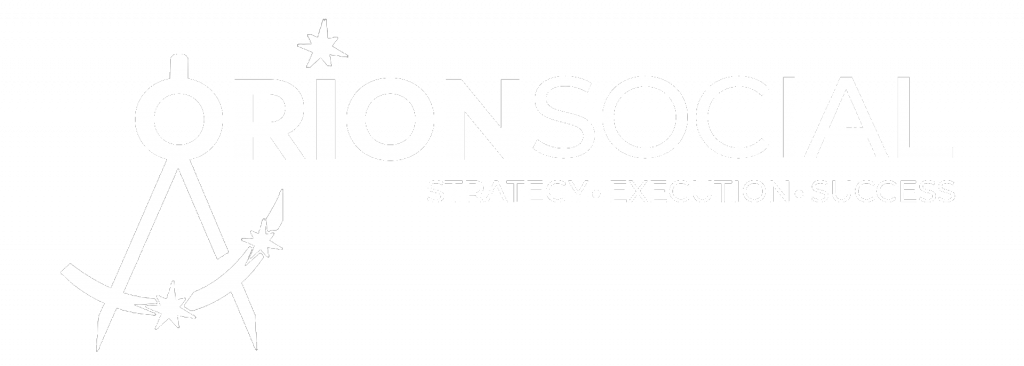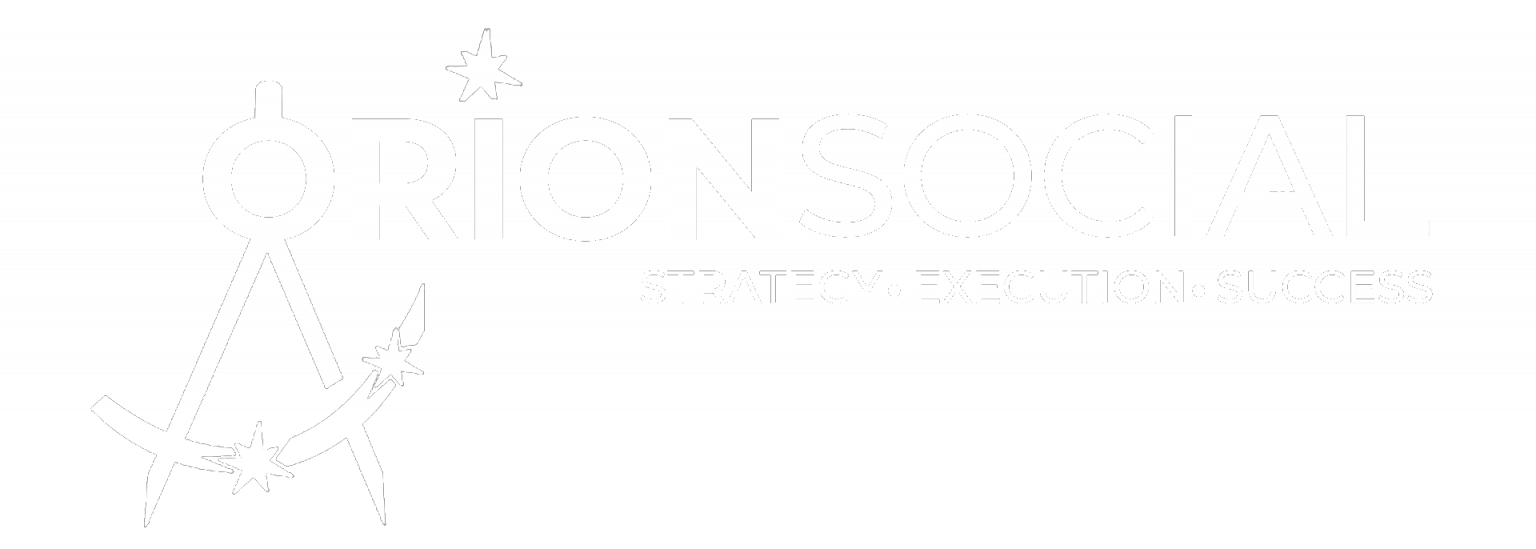Search engine marketing can be a complex and scary subject. Countless chances to advertise and market, invariably changing trends and technologies, and overly complex solutions all come with the area.
So, what you don’t need when you’re analyzing or make your search engine marketing plan is long explanations about how different techniques work. Instead, seek out advisors who can guide you with simple explanation techniques based on real results. It is exactly what the following article is about. That’s a simple list of four things business owners can use in creating or evaluating their search engine marketing strategy.
1. Establish Your Internet Marketing Strategy Goal
Many consultants will tell you to set aims about what you want to achieve with your website.
Forget it.
Those are distractions from the real topic you need to ask yourself, which is
“What is THE purpose of my website?”
Once you answer that question, all other aspects of search engine marketing strategy are leveraged to help you achieve that purpose. Typically, people use their websites for many different purposes.
Regardless, you still need to answer this question. The focus you will get from it will help you create a powerful strategy.
Here are the top three most usual answers to the question “What is the goal of my website?”
1. To sell things
2. To generate leads for my sales team
3. To educate my target audience
It can be this simple!
Just decide which of the three answers above suits you best (or create your own) and then move on to step two.
2. Establish a Search Engine Marketing Plan
There’s a reason why search engine marketing is so heated. It works.
It consistently generates leads, sales, etc. At a lower cost-per-lead or cost-per-sale than traditional mediums like TV or straight mail ads. It makes sense when you think about it: when people want to search for something online, they go to Google, Yahoo!, MSN, etc., and search for it.
Search engine marketing is all about showing up when people search for what you market, offer, or have on your website. There is an increasing body of knowledge (books, articles, etc.) on how to do this. And like anything else, it has become over analyzed and also complex. To further complicate things, some search engine marketing practices are ethical and legitimate, while some are not. The best approach is to create a search engine marketing strategy that focuses on two aspects:
1. Search engine optimization – showing up in the “free” section of the search engine’s results
2. Pay-per-click advertisement – showing up in the “paid” area of the search engine’s results
For search engine optimization first, understand it has no “silver bullet.”
There just isn’t a way to easily get placed consistently high in the search engines. It is a blend of factors that always come down to one underlying truth: build your website according to web standards, with a focus on accessibility for all.
Just like search engine optimization, it has no “silver bullet” for pay-per-click advertisement, either. Instead, the formula for PPC success is in well-placed bids (what you will pay to have your ad show up) linked with meaningful landing pages (where people go when they click on your ad).
3. Conduct Search Engine Optimization (SEO)
The purpose of search engine optimization is to make changes to your website to get higher rankings in search engines. Yet, search engine optimization is a confusing sector. On one hand, we have are “snake oil salesmen” ready to get you a #1 ranking with their latest trick. On the other hand, the things that do work are very simple, and frankly, really not very “sexy.”
The best strategy to use is a common-sense approach to SEO: develop standards for your website that all pages must adhere to. If you do this and implement it, you can then branch out to some of the other “niche” aspects of SEO.
Here’s an example list of SEO standards to enforce on your website:
1. Write descriptive HTML page titles that describe the page it is on (not more than 250 characters)
2. Write a summary sentence that describes the page it is on (not more than 250 characters)
3. Write page content that is focused on
4. Write descriptive ALT text for all images that explains the concept the image illustrates and never use images for text
5. Build all pages to set with current web standards observed by the World Wide Web Consortium (W3C)
Only once your web pages comply with the above standards should you start more advanced SEO techniques, including keyword targeting, link building (getting more links to your site), newsfeeds, blogs, and SEO-specific metrics and tracking.
4. Leverage Pay-Per-Click Advertising
Pay-per-click promotion helps you get more traffic from search engines through advertising in search engine results. You pick terms that people search on. You bid a cost per click on your ad that you are willing to pay.
Your ad displays up when someone searches on that term, and, if you’re lucky, they click on your ad and come to your website.
So, pay-per-click advertising boils down to 3 components:
1. Picking keywords to advertise on (i.e. target keywords)
2. Determining what to cost for those target keywords
3. Drafting copy for the ads that show up when people search
5. How to Select a Keyword
Picking keywords is all about knowing what terms your consumers, clients, etc. would use when watching for your product or service. There are many tools to help you generate innovative ways. The best tools also check to see how many searches-per-month your target keywords get. You generally want to find keywords that generate a lot of searches every month but are focused enough for your business. For example, a company that sells Keen high-performance outdoor sandals probably would be best assisted to bid on “keen sandals” versus “sandals” which could include searches for the all-inclusive resort, Sandals.
Understanding what to bid for your keywords can be a highly-scientific process, sometimes managed by complex software and several key metrics. To keep it simple, let a tool like Google Adwords Traffic Estimator support you on what to bid at first. Start there, and start small. Your best bet is to lock-in a low daily budget limit until you are happy with the impressions your ads are getting, the flow of traffic from the ads to your website, and what people do once they get to your website.
Writing ad copy comes down to writing a headline that people will click on, and producing compelling copy below that headline/link that will get people to click.
Headlines are best designed by following what magazine covers do: focus on getting attention through eye-catching, short phrases. Using words like best (i.e. “Best Tips for a Summer Barbeque”), ultimate (i.e. “Ultimate National Park Vacations”), and number-based list.
Writing great ad copy below the title/link is really about reinforcing the term(s) search for.
This means practicing the keywords in the ad copy and starting the copy with an action verb.
By following the approach above, you can design or test your search engine marketing strategy, focus on what values most when executing your plans, and more efficiently achieve your goals.

